Navigating the Insurance Shift: What Multifamily Operators Need to Know
In recent years, insurance has become one of the most closely monitored—and least predictable—components of multifamily operations. Rising premiums, stricter underwriting, and reduced appetite for older or frame-built assets are reshaping how owners and investors evaluate deals.
Rather than a cause for alarm, these shifts underscore the importance of proactive asset management and precise underwriting. For well-positioned operators, they also present an opportunity to gain an edge in a more selective market.
What’s Changing in the Insurance Market?
Insurance carriers are becoming increasingly selective. Following several years of underwriting losses—fueled by inflation, rising claim severity, and more frequent extreme weather events—many providers have scaled back coverage for certain property types, with older multifamily assets seeing the most scrutiny.
Key trends we’re seeing:
Insurance premiums have increased by approximately 50% over the past 24 months for some Midwest properties.
Carriers are limiting coverage or exiting altogether for frame construction and buildings built prior to 1980.
Underwriting standards are tightening based on age of roof systems, electrical infrastructure, and neighborhood-level risk metrics.
Source: Insurance Journal, YieldPro, Minneapolis Fed, Amwins 2023–2025 data.
Still, the Midwest continues to offer a relative advantage—with lower average premiums and less aggressive increases compared to the Sunbelt and coastal markets, which have been hit hardest by climate volatility and carrier exits.
How We’re Adapting
At Arc, we’ve taken a deliberate approach to managing this evolving risk:
We work closely with our insurance broker during the offer process to ensure pricing is accurate prior to going under contract.
Transitioned to a pakage policy structure that gives us more flexibility and leverage in negotiations.
Stress testing operating models with higher insurance assumptions to ensure deals remain viable even in a more expensive insurance environment.
Staying current on market shifts, so we can avoid surprises at renewal and move quickly when coverage conditions change.
Why the Midwest Still Stands Out
While insurance costs are rising across the board, the Midwest has largely avoided the sharpest increases seen in the Sunbelt and on the coasts. With lower exposure to hurricanes, wildfires, and other climate-driven risks, loss ratios remain more manageable—making the region more appealing to carriers and investors alike.
That relative stability creates opportunity. In many cases, sellers haven’t yet priced in the full impact of insurance adjustments. As a result, assets that may no longer pencil in high-cost markets can still deliver attractive returns in cities like Columbus, Indianapolis, Milwaukee, and throughout the greater Chicago area—particularly when approached with a full-picture operating strategy.
Final Thoughts
Insurance has become a central component of both underwriting and asset management strategy. The days of budgeting $300 per unit with a modest 3% annual increase are behind us. What was once a predictable line item is now a dynamic, market-driven variable that requires thoughtful planning and real-time adjustments.
With the right information, trusted partners, and a proactive strategy, these challenges are entirely manageable. At Arc, we remain focused on well-located opportunities throughout the Midwest—where sound fundamentals and disciplined underwriting continue to drive long-term performance.
If you're seeing similar trends or want to talk more about how to navigate this environment, I’d be happy to connect.


